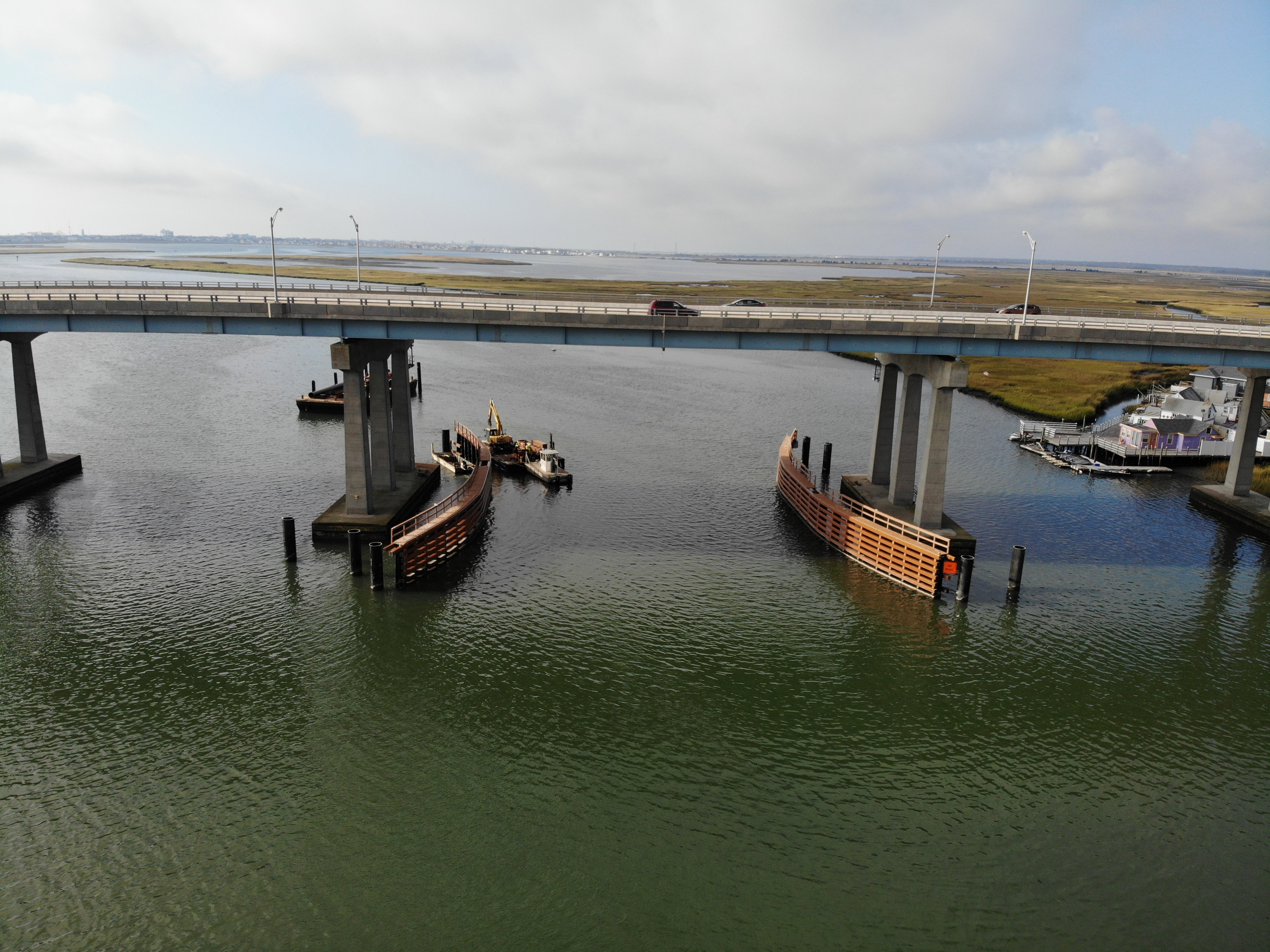
Bridges, piers, and other water-based structures must constantly take protective measures against collisions from boats and other maritime vehicles and objects. In many cases, these protection systems reduce vessel impact loads until they reach nondestructive levels. In other scenarios, physical protection systems may act to redirect vessels when they come too close to bridge piers.
Builders of maritime installations are increasingly turning to fiber-reinforced plastic (FRP) fenders to provide a lightweight, durable, and cost-efficient line of defense. FRP fender systems are made from high-strength polymers that do not degrade over time, even when exposed to salt water and other corrosive substances. These systems also offer high-performance energy dissipation capabilities and feature a modular construction with lower cost installation benefits.
Avoiding Vessel Collisions
There are several options when it comes to protecting bridges and other structures from ship collisions. Many times, architects simply place structures on shore and out of reach of maritime vessels. Some areas rely on strong pier construction in the hope that piers will withstand direct collisions. In other cases, artificial islands may be constructed to deflect ships. Most commonly, however, design crews simply opt for standard guide structures to direct water traffic away from structures susceptible to damage.
The main foundations of bridges often can withstand collisions from ships. Concern arises, however, when other portions of a bridge sustain damage. Most bridge superstructures reach the water in some form or another, and this means that side spans must be actively protected from ship collision.
To protect bridge side spans, most architects opt for independent impact collision protection. These fender protection structures can be supported by FRP pilings and surround the waterway side of the structure.
Why FRP is the Ideal Choice for Protecting Against Vessel Collisions
FRP fender systems offer an ideal way to defend your structures against impacts from vessels. FRP products are incredibly cost effective when compared with other vessel collision fenders. This material boasts an exceptionally long service life, as it can last for over 75 years while incurring minimal maintenance fees. A material like reinforced concrete or wood will generally begin degrading after just 15–20 years in service, and often sooner due to weather and chemical exposure. For this reason, FRP products are have lower long term costs than traditional materials used for collision protection, and then there are many situations where FRP fenders offer higher performance and lower upfront costs.
Because it’s an engineered material, FRP structural properties can be optimized for any loading condition. For FRP fender systems, the combination of high strength and lower stiffness than steel/concrete means that the FRP fenders bend, but do not break. The FRP system has superior energy absorption to steel/concrete fenders. The deflection of the FRP system during the impact event dissipates more energy before the strength limit is reached.
The big result of this unique structural combination is that fewer pilings are required to handle the vessel impact. With piling installation requiring cranes on barges under often difficult conditions, then fewer pilings means cost savings during construction. Often FRP fenders are lower acquisition cost; and then the owner still gets the benefits of higher performance and even lower long term costs.
Learn More About Composite Advantage’s FRP Solutions
FRP is the ideal material for any project that requires high levels of strength and longevity. When it comes to protecting immense and expensive structures like bridges from vessel collision, FRP is indubitably the material of choice.
If you would like to learn more about the benefits of FRP in a wide range of applications, download our free infographic, How FRP Weighs up Against Reinforced Concrete, Steel, and Wood, today. You’ll learn about how this material stacks up against traditional options as well as new ways to incorporate it into your next project.
